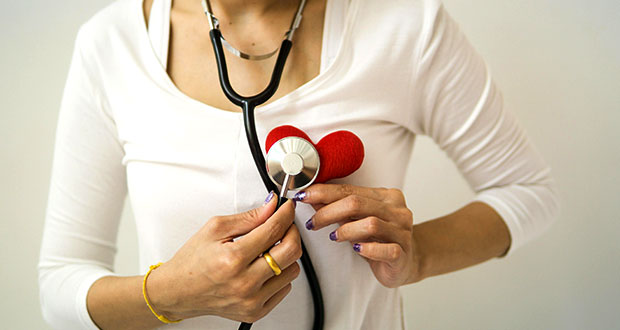
Telemedicine for the heart post COVID-19 / Sportello Cuore - Italy
August 20, 2020
The research develops systems that bring general practitioners and specialists together to identify and monitor those at risk.
The great challenge to SARS-CoV-2 virus infection is played out on the ground, through the early identification of new infections and the identification of those at greater risk, such as people with confirmed cardiovascular diseases or risk factors, such as hypertension or obesity.
In this sense, more and more systems are being developed that, by combining the power of artificial intelligence with the possibility of transmitting the message, can allow social distancing at home and at the same time the management and monitoring of those at risk. In this sense, telemedicine certainly represents a fundamental tool, which will obviously have to be implemented in the post-pandemic period, in order to reduce the "physical" distance between a general practitioner and specialist and to recognize any distance problems induced by the infection on the heart. In this sense, telemedicine must propose systems able to put the doctor in a position to better manage online diagnostic tests, on the one hand, it must be highly effective.
In this sense, projects and tools are being developed such as Cardio-HART, a device that combines the activity of a device capable of capturing the physiological signals of the heart and, through a diagnostic engine based on artificial intelligence, help the general practitioner in the recognition of possible cardiovascular problems, with a view to combined management of the patient together with the specialist. Thanks to tools such as this one, the ability to diagnose many common cardiac pathologies, from arrhythmias to the evolution of decompensation pictures, normally recognizable even at home, is increased. Once this sort of cardiovascular "screening" has been carried out, the general practitioner can then interface with the cardiologist and define the patient's monitoring and treatment project.
The virus and the heart
Increased knowledge and pathophysiological mechanisms related to the impact of SARS-CoV-2 infection on the heart and vessels have made it possible to identify what happens when Covid-19. survived.
In addition to the coagulative changes induced by the picture that develops in response to infection, research has shown that there would be direct myocardial damage documented with an increase in cell death markers in 2-3 patients out of 10 and COVID-19 may affect the heart with two different presentations: either with a predominant respiratory involvement with increased markers of myocardial necrosis (i.e. myocardial cell death, similar to that observed after a heart attack) associated with an increase in inflammatory indexes or with the appearance of electrocardiogram abnormalities.
In all cases, although in acute cases there may be pictures that can lead to suspicion of a real heart attack, it is above all after some time that problems are being observed in subjects who have contracted the infection by overcoming it. For this reason, careful monitoring, even at a distance, of those who present specific risk factors as well as those who have had contact with the virus and potential outcomes on the cardiovascular system is one of the main health challenges in this area.
Source
Sportello Cuore Magazine - Italy
Editor: Federico Mereta
